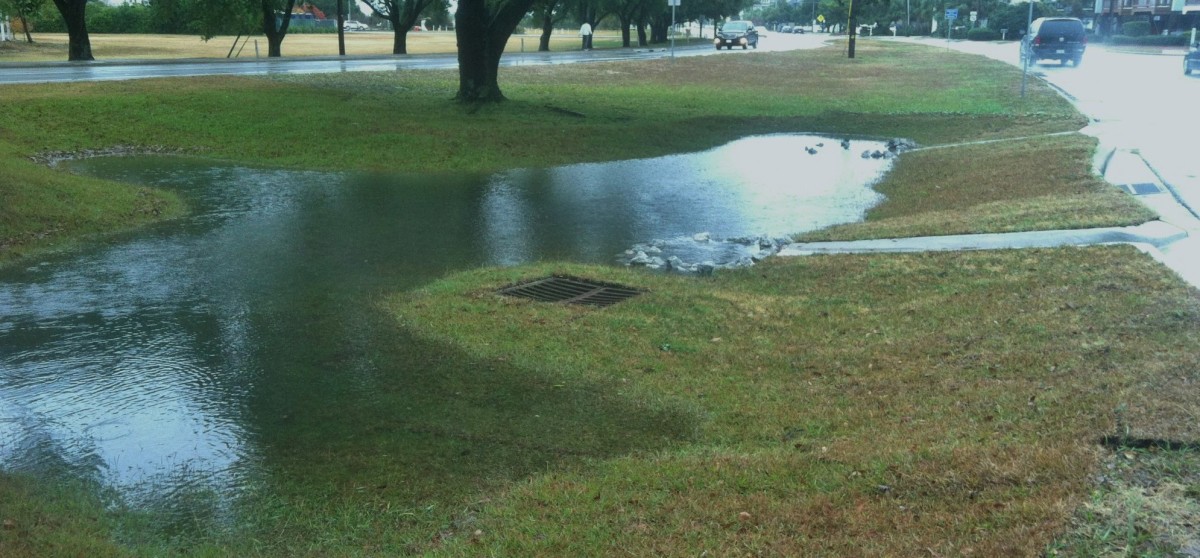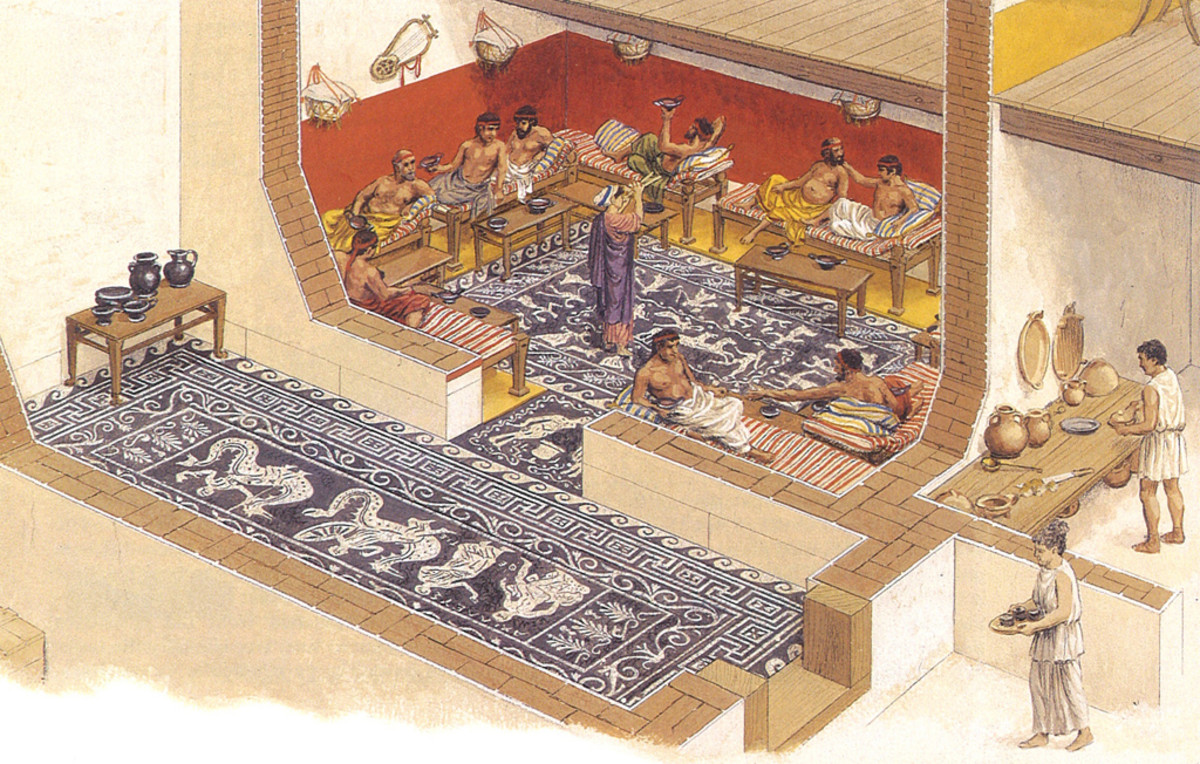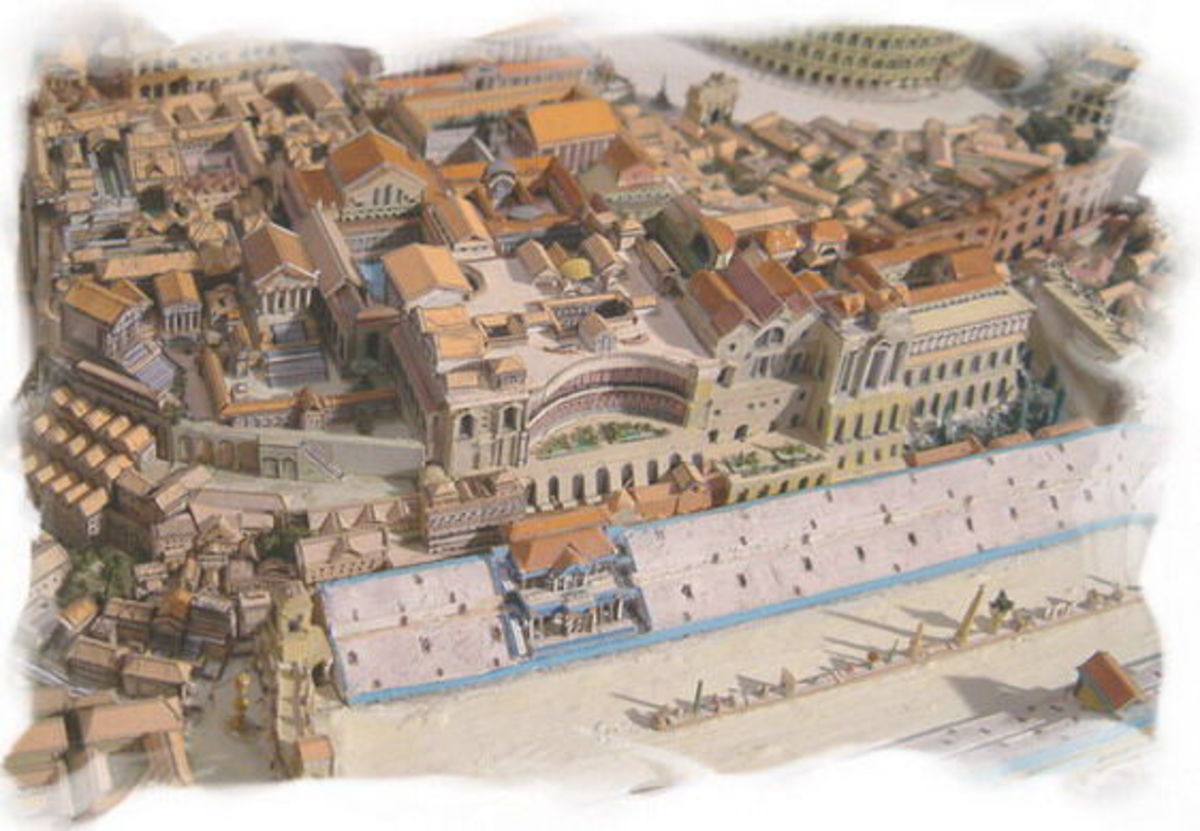Sustainability 11: Priorities

Just about every aspiring young architect or designer dreams of someday completing their own Taj Mahal or Fallingwater — their masterpiece of ingenuity, set apart from all mundane surroundings, isolated in its own particular, and preferably dramatic, setting. But grand gestures often consume grand amounts of land and other resources. They can also disrupt or disrespect any existing community fabric. In the pursuit of long-term sustainability of our cities and neighborhoods, more modest priorities may provide better paths to success.
Sustainable design may best be pursued through infill development, reuse, re-purposing, or redevelopment.
In infill development, one seeks to fill in an existing gap within the prevailing community pattern. That gap may be strictly a physical gap — as in, say, a vacant lot between two townhouses or two commercial buildings. Or, that gap may be not only a physical gap, but also a functional gap; perhaps there’s a lack of transitional housing types between single-family lots and high-rise apartments. The aim of infill development is to maintain and enhance existing patterns of land use and development by artfully inserting the appropriate design or structure(s).
Reuse is development in which the previous use or function of structures is restored. Perhaps an outdated elementary school is renovated into a classroom for college extension classes. Or a corporate office structure is subdivided for multi-tenant office lease spaces. In each case, the value of the existing community fabric, infrastructure, land and buildings is substantially retained and restored by the reuse.
In re-purposing, land and buildings may be substantially retained, but use and function are altered to meet new market demands. Thus, a big-box retail store may become an indoor community recreation facility, or a corner service station may be renovated into a drive-by coffee shop, or a former warehouse may be converted into live/work spaces for artists and artisans.
Redevelopment often entails changes to land and buildings, as well as to uses and functions. A prime example exists at the site of the former Denver Stapleton Airport, where old runways, terminals and hangar facilities have given way to an entirely new planed urban community of Stapleton, replete with a variety of housing types, offices, retail uses and industrial facilities, interwoven with new infrastructure. In this way, a substantial portion of the city has been reclaimed for new residents and future growth.
When one travels through the city of Rome, one encounters structures 10 years old and 50 years old — as well as those that are 100 years, 500 years, 1000 years and 2000 years old. To achieve long-term sustainability, we should embrace timeless design and the creative reuse and adaptation of structures for all of the cities of the world.
- Sustainability 2: The Universality of Design
In harmony with nature Key to our striving for sustainability is design, for design is a universal human pursuit. We design our bodies through diet, exercise, rest, work and fashion. We design our personalities through mimicking and... - Sustainability 3: What is Good Design?
Good design is, in essence, doing more with less, across a wide range of parameters: social, cultural, aesthetic, physical, economic, and environmental, among others. - Sustainability 6: Population
Rays of hope One of the prime movers of the world’s sustainability crisis is its population. The more mouths to feed, the more thirsts to quench, the more children to clothe and educate, the more families to house, the more sick and infirm to... - Sustainability 10: Density
To many, it seems counter-intuitive that packing the globe's inhabitants more tightly might actually be good for the planet's sustainability, but it's a fact. - Sustainability 13: Transit-Oriented Developments (TO...
Conserve precious water The sustainability of our cities and towns can also be enhanced through the creation of Transit-Oriented Developments (TODs). Quite simply, a TOD is any MXD centered about a transit facility or node: a subway station, train... - Sustainability 47: Green Labeling
Label him green? With the world’s ever-increasing concentration on environmentally sound green design and sustainability, there has been an ever-increasing set of green design standards, guidelines, certifications and labeling. Here are some of... - Sustainability 50: Earth Day
Love this Earth? Little did I know, as I helped assemble display panels on environmental issues on a campus quadrangle in the spring of 1970, that I was taking part in launching a sustainability event that would resonate around the globe ever more... - Sustainability 54: The Kyoto Protocol
Let's clear the air The Kyoto Protocol has for years been a lightning rod to anyone discussing climate change and Earth’s long-term sustainability for humans. To green advocates, it represented a best first step forward in mitigating man’s... - Sustainability 68: Drain Water Heat Recovery
Don't throw away that heat! In our efforts at energy conservation and sustainability, many of us keep seeking newer and more innovative ways of eliminating or capturing wasted energy. One of those cutting-edge methods â long in use in areas of... - Sustainability 69: Solid Surfaces
Solid Surfaces In our striving for sustainability, we are essentially pursuing four major goals: 1) maintaining our health and that of others, while 2) reducing our consumption of renewable as well as non-renewable natural resources, such as fuel,...






